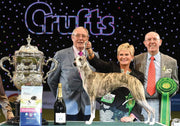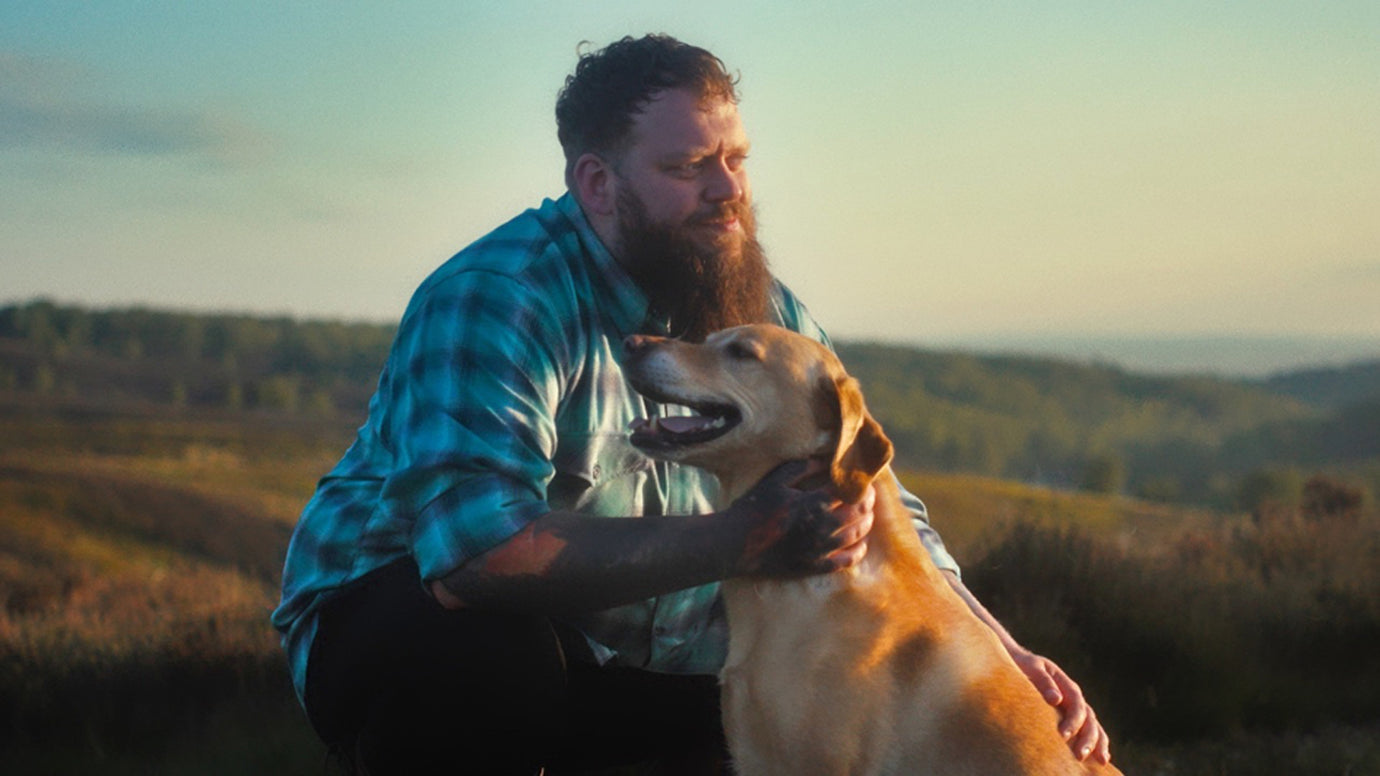Whiskers in the workplace: Purposeful cats with careers

Cats - well known for doing as they please - have on occasion surprised the human race by using their paws to hold down a job. BBC News featured some of these purposeful pusses last week - but the number of whiskers in the workforce was too great to do justice to in just the one instalment.
Cricket cats
What sport could possibly appeal more to a cat than one played at a languorous pace with scheduled meal breaks?
The sound of leather on willow appeals to some furry fans such as Brian, who is usually to be found at Somerset County Cricket Club. The handsome chap patrols the grounds and enjoys the ebb and flow of a county match. Perhaps the best-known cricket cat was Peter, the Lord's cat, also known as the Marylebone Mog, who lived at the famous cricket ground in London from 1952 to 1964.
When the last of his nine lives ran out he became the only animal to be given an obituary in the Wisden almanac.
It described him as a well-known cricket-watcher who could often be seen prowling on the field of play; that he loved publicity and frequently appeared on the television.
Theatre cats
Many theatres in England had their very own cat, who played the dual role of keeping the building mouse-free and providing a calming back to stroke should stage fright kick in.
Actress and cat-fan Beryl Reid (who left her £1m house to her cats when she died) said: "The act of stroking a cat is a great reliever of tension and brings down the blood pressure."
Reid also took home the Lyric Theatre's cat, Fleur, when the mouser retired.
One of the most famous theatre cats was Beerbohm, who lived at London's Gielgud Theatre (formerly the Globe) for 20 years.
He was known for strolling across the stage while a production was under way, and made his debut in the Hinge and Bracket Review of 1976, stealing the limelight.
He was also responsible for destroying feathered hats - and stuffed birds that were being used as props. He eventually retired to Beckenham with the theatre's master carpenter Tony Ramsay.
When he died in 1995, he became the only cat to be honoured with a front-page obituary in the theatre newspaper The Stage, which says the actors Paul Eddington and Penelope Keith were special fans.
A further extract reads: "During the course of his career, he overcame a near-fatal road accident in Soho and beat off a chocolate addiction."
Girl Cat and Boy Cat were resident at the Noel Coward Theatre (formerly the Albery). Boy Cat's claim to fame was that during a Royal Gala performance he ate Princess Margaret's bouquet.
Current theatre cats include Pluto at Battersea Arts Centre who actually appeared in a production - he was the black cat in Edgar Allen Poe's The Masque of the Red Death - Marley and the one-eyed Pirate, who is currently missing from the Bush Theatre.
Literary cats
Dictionary-writer Samuel Johnson had a cat called Hodge, for whom he used to buy oysters. Hodge is mentioned in Boswell's Life of Johnson, where he is described as "a very fine cat indeed". On his death, Hodge's life was celebrated in An Elegy on The Death of Dr Johnson's Favourite Cat by Percival Stockdale, published in 1778.
In 1997 Hodge was immortalised in the form of a bronze statue outside the house in Gough Square he shared with Johnson.
Another cat that appeared in literature was Foss, Edward Lear's pet puss, who popped up in rhymes and drawings.
Servants had shortened Foss's tail in the belief it would keep him from wandering off, and he was on the rotund side and not considered an attractive cat.
But Lear was very fond of him - to the extent that, legend has it, when Lear built a new house he instructed the architect to design it to be exactly like the old one so Foss would not be too disorientated by the move.
The tabby features in the rhyme How Pleasant to Know Mr Lear.
'He has many friends, lay men and clerical,
Old Foss is the name of his cat;
His body is perfectly spherical,
He weareth a runcible hat.'
Mention should also be made of the second-most famous cat in Alice's Adventures in Wonderland - Dinah. Dinah was the real-life Alice's real-life cat.
(Article source: BBC News)




